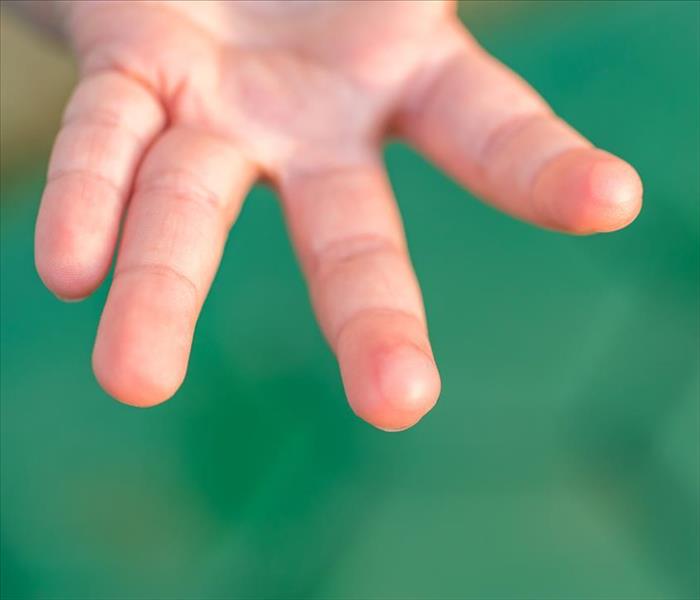Treating Workplace Burns: The Do's and Don'ts
8/13/2019 (Permalink)
Burns in the workplace are more common in some industries than others. Whether it be from fire damage or hot equipment, being prepared for these emergency situations can go a long way in keeping your employees safe and comfortable under unfortunate circumstances. If a serious burn takes place, here are some things to do (and not do) until Hillside, IL, medical personnel arrive.
What To Do
Move the injured individual away from danger. First and foremost, get everyone to safety. If there is fire damage in the building, try to get everyone outside to safer surroundings. This will prevent further injuries.
Elevate wounds. Keeping burns above heart level, when possible, can help to reduce swelling and keep pain at bay. Circulation is key to quickly addressing severely burned skin.
Make them comfortable. While you don't want to do anything too drastic in the case of a major burn, applying basic burn first aid can help the injured person to be more comfortable while you wait for help. Remove tight clothing or jewelry around the affected area. Apply a cool, clean cloth to blistering skin. Offer over-the-counter pain reliever and water to ease the pain.
What To Avoid
In addition to applying first aid, avoid these common mistakes that often make things worse:
Water submersion. Rather than submersing the individual with water, apply cool damp cloths or bandages only where the skin is affected. Water submersion may send the individual into shock or hypothermia if their body temperature drops too rapidly.
Popping burn blisters. When severe burns occur, it is common for the skin to bubble-up into red hot blisters. Although they may look irritated, never pop or break the skin intentionally. Doing so may lead to infection.
Ice cold water. While cooling the burn with cool compresses is recommended, ice cold water should never be used. After a burn occurs, very cold water can cause tissue damage to the already injured skin. Use lukewarm to cool water instead.
Facing the Aftermath
After the smoke has cleared and fire damage cleanup ensues, be sure to keep tabs on injured employees. A little encouragement can go a long way in the recovery process after experiencing a major burn.





 24/7 Emergency Service
24/7 Emergency Service
